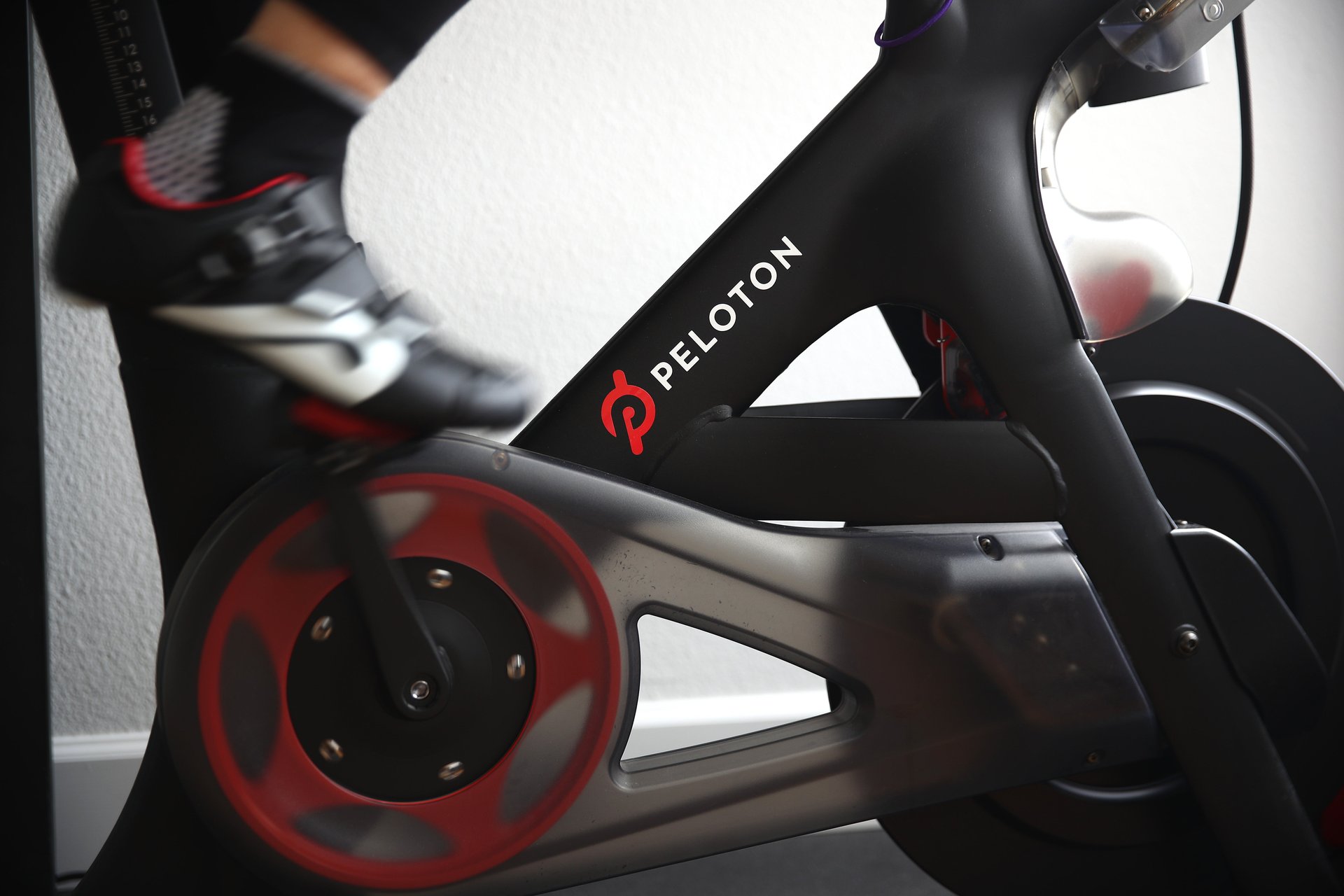Peloton is trying to be everything, everywhere, all at once
It cut prices, added a rowing machine, and doubled down on subscriptions. Is it getting too muddled?

Peloton has been in the headlines again, after revealing to the Wall Street Journal that it was preparing to slash another 500 jobs. It’s the fourth round of layoffs this year as the fitness company attempts a turnaround.
The cuts will leave roughly 3,800 employees, a steep drop from the more than 6,700 people it counted at the end of June 2021.
Peloton CEO Barry McCarthy later apologized to staff for supposedly bungling the interview with the WSJ. In a staff memo obtained by The Verge, McCarthy said he had been“expecting a story about redemption and the successful turnaround of Peloton” and instead created “the impression we have six months to live.”
In fairness to McCarthy, the interview isn’t the only reason the average observer might question Peloton’s longevity. The company has registered six straight quarterly losses. Now it’s cutting costs aggressively as it tries to turn cash flow positive by the end of this year.
But the raft of changes to make Peloton healthier are in danger of diluting the brand. Peloton’s premise used to be clear. It was a company that sold $2,000 stationary bikes for a high-end at-home workout. Now in turnaround mode, it’s had to make a much broader play to the masses, all in the name of growth.
Deals with Dick’s Sporting Goods, Hilton
In the last month, Peloton struck a flurry of distribution deals. It agreed to have Amazon and Dick’s Sporting Goods sell the company’s machines, a deal that is bound to boost sales but risks taking its image more downmarket.
It also partnered with the Hilton Group so that all of the group’s 5,400 hotels in the US—be it the Waldorf Astoria or the Hampton Inn—will have Peloton bikes by the end of the year. Second-hand bikes, meanwhile, are reportedly available for a fraction of the price of a new Peloton.
This is the kind of ubiquity that could undermine the brand’s exclusivity.
Peloton price cuts and product line expansions
There are other signs that Peloton wants to make its products more accessible. Earlier this year, it slashed the price of its signature bike by $500 and started offering a new option for month-to-month rentals.
At the same time, the company is attempting to become a one-stop-shop for fitness needs. It just launched its first rowing machine, following expansions into weights, treadmills, and a premium version of its bike—just as competitors like Barry’s add on indoor cycling and Lululemon partners with eight different boutique workout studios. But with so many major fitness providers now offering overlapping options, brand distinctions can easily get muddled.
Peloton is banking on its subscription model
While cutting prices on its bikes, Peloton did, however, raise the price of its all-access subscription plan in the US to $44 per month, up from $39.
The company is counting on recurring subscription revenue as its way forward and is trying to position itself not as a hardware company but a software one. It’s a strategy Lululemon also is experimenting with, having just debuted its own revamped Studio platform, formerly known as Mirror.
“A very small percentage of the monetary value we collect from users we collect when you purchase a piece of hardware,” McCarthy said at a September Goldman Sachs conference. “The vast majority is the lifetime value that is accumulated month over month over month, in the form of the $44 worth of subscription fee that you pay, and you churn at a phenomenally low rate.”